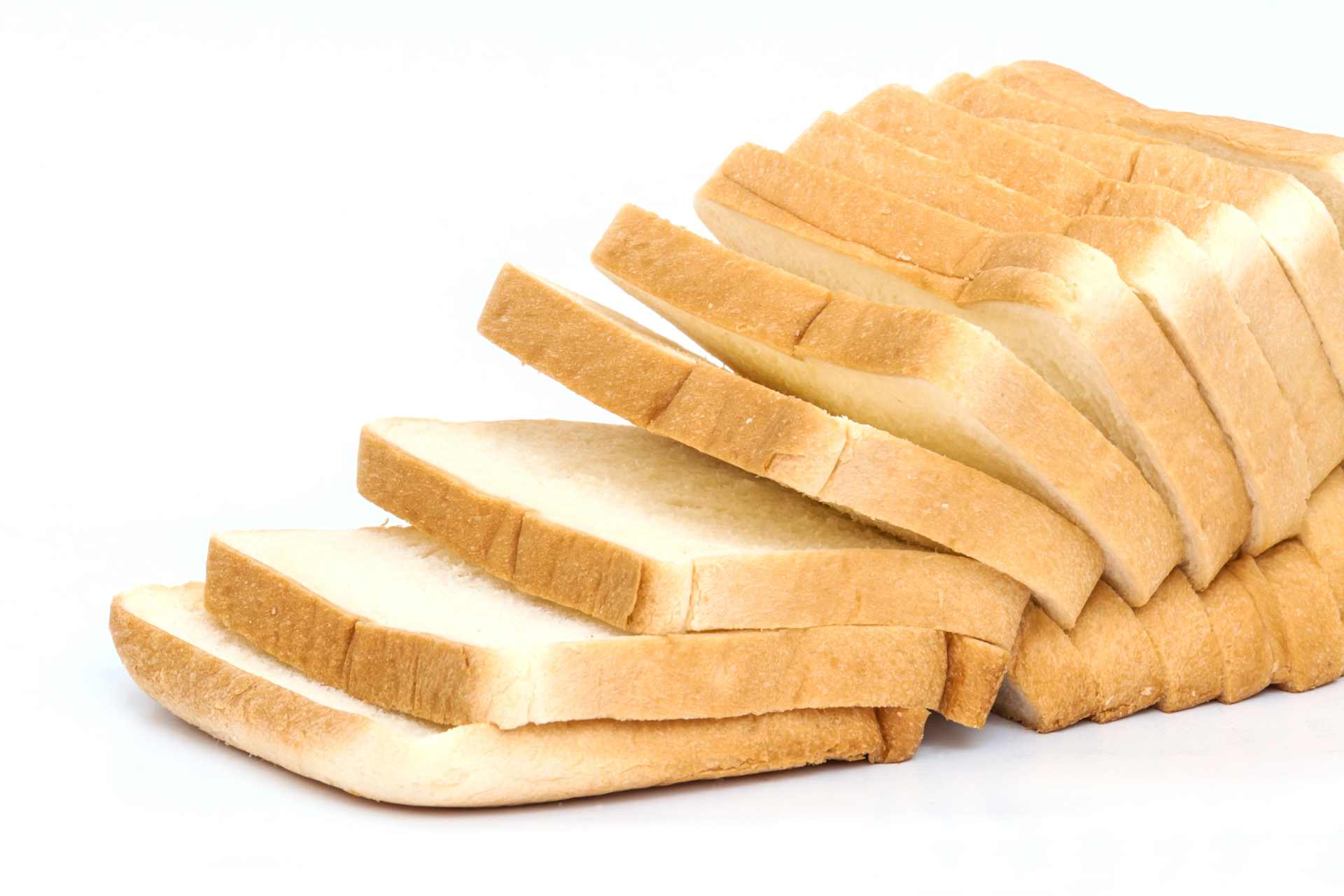We’ve Tested Honey. We’ve Tested Weet-Bix. Now It’s Time for Bread.
One of our recent rounds of community-funded glyphosate testing revealed residues in one of four Weet-Bix varieties — a level more than five times New Zealand’s legal limit. Before that, we tested New Zealand honey, confirming traces of glyphosate in a product many people assume is pure.
Now, with cereal samples on their way to the lab, we’re turning our attention to another everyday staple: bread.
It’s eaten in nearly every household. It’s a lunchbox staple, a go-to for busy mornings, on café menus, and a comfort food for many. But what’s really hiding in that loaf of bread on your kitchen bench?
We’re about to find out.
Help Us Test These 5 Popular Breads for Glyphosate
We’ve selected five supermarket loaves that thousands of New Zealanders eat every day — and we’re raising funds now to send them for independent glyphosate testing.
You won’t find this information on a label.
No brand is disclosing it.
So once again, it’s up to us.
We’ll be submitting all five samples in one lab batch — the most cost-effective way to test and report the results publicly.
✅ Funds raised go directly to lab testing — not the bread itself, not admin, and not courier costs.
✅ We’ll publish the results, no matter what we find.
Can you chip in to help make this happen?
Why Bread?
New Zealand imports much of its wheat from Australia — and pre-harvest spraying with glyphosate is a common practice across Australian wheat farms. It helps dry out the crop uniformly before harvest, but it also raises the risk of chemical residues lingering in the final product.
The legal limit for glyphosate in wheat in New Zealand is 0.1 mg/kg, but Australian standards allow up to 5 mg/kg — and food sold in Australia can be sold here, even if it exceeds our local limits.
That’s the same loophole that allowed a Weet-Bix variety with 0.56 mg/kg of glyphosate — more than five times our limit — to sit legally on Kiwi shelves.
So what about our bread?
Which Breads Are We Testing?
We’ve picked five popular supermarket loaves — a mix of white, wheatmeal, wholegrain, and multigrain — to give a broad picture of what New Zealanders are really eating. They range from budget-friendly basics to breads often marketed as “healthier” options.
We’re not naming brands just yet. The testing is independent and blind — even the lab won’t know what they’re testing.
But rest assured: these are breads many of us have in our kitchens right now. If glyphosate is present in supermarket bread, this is where we’ll find it.
What Are We Looking For?
We’re not out to shame brands or scare people.
We’re testing for one reason: transparency.
No one is checking publicly. No one is disclosing glyphosate levels in bread. And no one is warning consumers that the wheat used in their sandwich may have been sprayed with a chemical many scientists believe deserves far more scrutiny.
How We’re Doing It
Just like with our cereal and honey testing, we’re sending samples to a certified laboratory for LCMSMS analysis — the gold standard for glyphosate residue detection.
Every dollar we raise goes solely toward lab testing.
Not the bread. Not the courier. Not the admin. Just the test.
We’re community funded, and we report everything back to you — openly and honestly.
Why It Matters
You can’t see glyphosate. You can’t smell it or taste it. But if it’s present in our bread — the food most of us eat every single day — we deserve to know.
If a product exceeds our legal limits, that’s not just a labeling issue. It’s a public health issue. And even if residues fall below legal thresholds, we should still be asking:
Why is this chemical in our food at all?
Final Thought
You’ve helped us test honey. You helped us test Weet-Bix. You’ve helped us test cereals.
Now let’s test the bread.
Because when regulators don’t look — or don’t tell — it’s up to us to ask the questions that matter.
Help Fund the Bread Tests
We’re gearing up for another round of independent lab testing.
If you can spare $10, you’ll help us get closer to real answers.
Donate here
Image Source & Attribution
We’re grateful to the talented photographers and designers whose work enhances our content. The feature image on this page is by cookiecutter.




